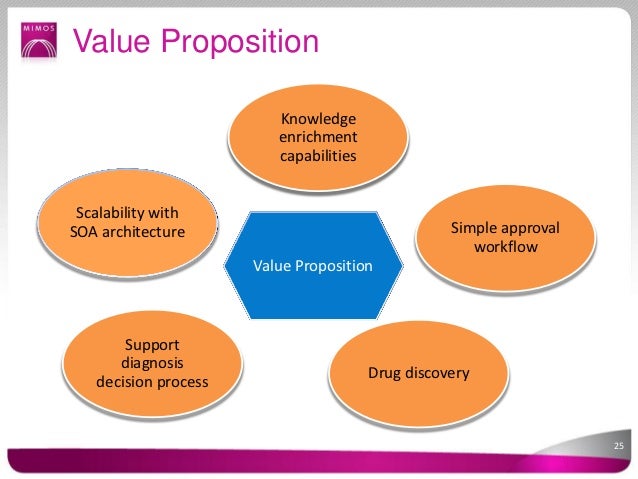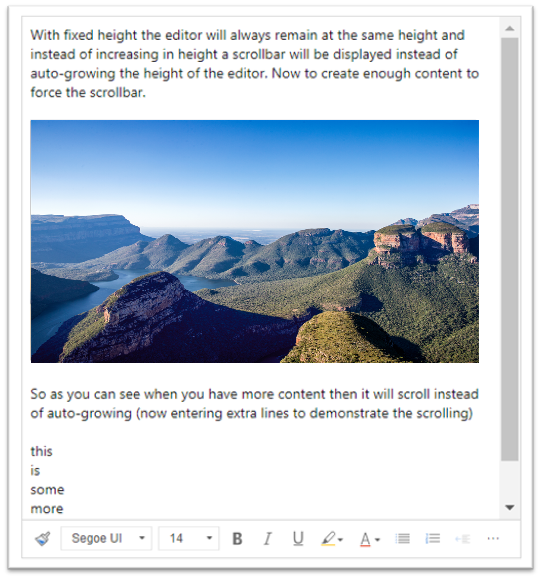

When using default file system storage, images will be uploaded to “uploads” folder in your MEDIA_ROOT and urls will be created against MEDIA_URL ( /media/uploads/image.jpg). By default, Django uses the file system storage backend (it will use your MEDIA_ROOT and MEDIA_URL) and if you don’t use a different backend you have to have write permissions for the CKEDITOR_UPLOAD_PATH path within MEDIA_ROOT, i.e.: CKEDITOR_UPLOAD_PATH = "uploads/"

This setting specifies a relative path to your CKEditor media upload directory. Of course, you should adapt this snippet to your needs when usingĪdd ckeditor_uploader to your INSTALLED_APPS setting.Īdd a CKEDITOR_UPLOAD_PATH setting to the project’s settings.py file. Window.CKEDITOR_BASEPATH = '/my_static/ckeditor/ckeditor/' The admin/change_form.html template with your own if you really need to do This can be hardcoded in settings, i.e.: CKEDITOR_BASEPATH = "/my_static/ckeditor/ckeditor/" django-ckeditor is quite good at automaticallyĭetecting the correct place even then, but sometimes you have to hardcodeĬKEDITOR_BASEPATH somewhere. The time, for example when using ManifestStaticFilesStorage, any asset and defaults to static/ckeditor/ckeditor/. The location is determined in the ckeditor-init.js See Django’s documentation on managing static files for more info.ĬKEditor needs to know where its assets are located because it loads them This will copy static CKEditor required media resources into the directory given by the STATIC_ROOT setting. Run the collectstatic management command: $.
Ckeditor allowedcontent install#
pip install django-ckeditorĪdd ckeditor to your INSTALLED_APPS setting. Install or add django-ckeditor to your python path. Required for using widget with file upload Included all ckeditor language and plugin files to make everyone happy! ( only the plugins maintained by the ckeditor develops team ) Support to django-storages (works with S3) The Important file for us is here the SeRichTextFieldModule.ts where the general configuration is provided for the CKEditor.Provides a RichTextField, RichTextUploadingField, CKEditorWidget and CKEditorUploadingWidget utilizing CKEditor with image uploading and browsing support included. Hybris has implemented the Rich Text Editor at smartedit/web/app/common/components/genericEditor/richText Standard Implementation of the Rich Text Editor Smartedittrailcommons is for providing common Services, etc and the smartedittrailContainer is to provide Containers like the Rich Text Editor is one. The Scope smartedittrail is to define Decorators. The purposes of these Scopes are different. There we have different Scopes for different purposes called: To Customize SmartEdit we already created a new Extension based on ysmarteditmodule Template.
Ckeditor allowedcontent how to#
Unfortunately the Page was not enough for me to directly understand how to customize the Editor. If you have successfully set up your SmartEdit Development Environment you can start with developing.įor Extending Services and Features in our Customized SmartEdit Extension there exist a dedicated page.
Ckeditor allowedcontent Patch#
Because of this we Upgraded to the latest Patch of 1905 and could finally get the SmartEdit with our Custom Extension working. We first used the SAP Commerce Version 1905 without any Patches and had run in some trouble where the SmartEdit Page reloaded endlessly. The template contains an example Customization called abAnalytics. In order to work with Smart Edit, you need to set up your Smart Edit Development Environment.ĭuring the Trail, you will create a new Extension based on the ysmarteditmodule Template. The Class is defined in the Storefront correctly via CSS. “H1 red” should add the class is-red to the h1 Tag ( My H1 Red Title)

We needed to add an additional Format “H1 Red” with a special Red defined by the Customer. The Editor is a CKEditor included as a third-party library by the SmartEdit Extension. The Requirement was to customize the WYSIWYG Editor in SmartEdit. For a Customer, we needed to customize SmartEdit.


 0 kommentar(er)
0 kommentar(er)
